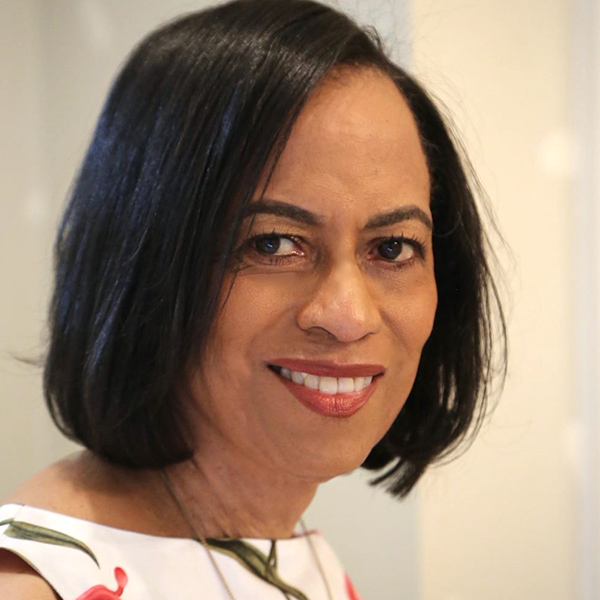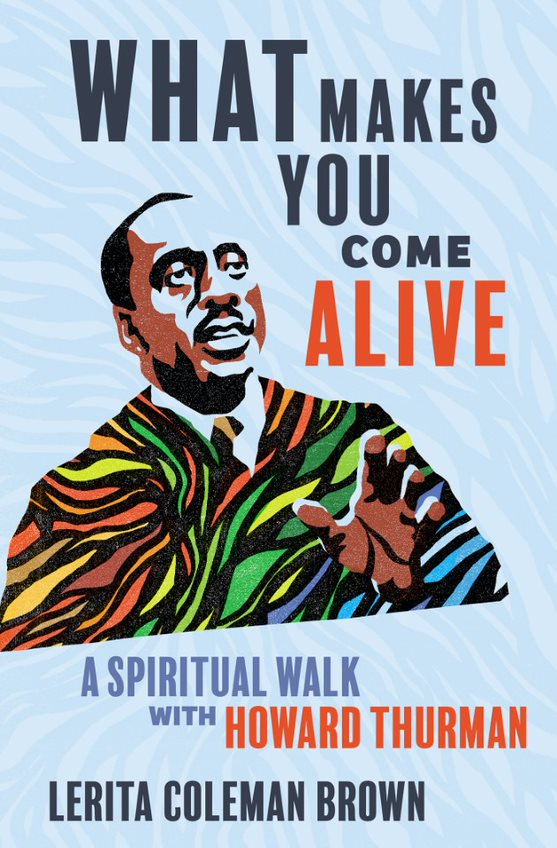When launching a new educational program, I have found the third time through is the critical moment for determining the long-term viability. Many good ideas can work a time or two, but the third time raises questions of impact and sustainability.
By the third time, the rhythm and elements of the program are just about right. It takes the first two times to figure out what works, what does not work and how it all fits together. I have often heard professors say the third time a course is offered, it can be repeated in future years much more easily.
The most consistent challenge faced the third time is recruitment.
When a new service is offered, the program designers often listen very carefully to the needs of the potential participants. The planning team designs towards folks they know, and those folks come, eager to take advantage of the opportunity.
That pool of prospects is typically exhausted by the third time, so planners have to figure out how to market the service to a broader audience. Often the planners have been so engrossed in developing the ideas with participants that they have not spent much time cultivating future users. In my 20 years of designing and offering programs, I have always struggled to meet enrollment projections for the third year.
When marketing to new constituents, questions about the ultimate purpose of the educational program are highlighted.
How does this program further the work of participants? How do the outcomes for participants connect to the outcomes of the institutions they serve? When a program is new, some will take a chance that it might be helpful. With a track record, sponsors and attendees want more evidence that the program is worth the time and money.
In the 1990s, I worked with highly experienced consultants to design and deliver a church consultants training program.
The program was five retreats over 18 months. It included extensive field assignments between retreats and high accountability for completion. The participants loved the experience and recommended the program to others.
Yet at the end of the third time, we realized that less than 20 percent of the alumni were working as consultants. Participants were happy to apply their consulting skills in their jobs, but few were willing to face the potential rejection of negotiating a contract for consulting.
The program’s sponsors wanted to have more consultants available. By the third time, we could see that we were failing to achieve this goal.
The third time always raises questions about ending the program, revising and relaunching it, or pushing through a season of low enrollments. Reflecting on the following questions has been helpful in discerning how to proceed:
- How tired are the leaders? Are the partners in design and delivery getting weary? If so, why?
- Are the alumni recommending others to the program?
- What impact are the sponsors the program observing? (In my work, financial sustainability typically comes from a combination of sponsor and participant fees. If the sponsor is not seeing an impact, the program seldom has a long-term future.)
One of the hardest decisions I had to make was to suspend the consultant training program. The participants loved it, and the course was full. But we were not fulfilling the mission. It took me five years to figure out the conditions required for the program to fulfill the sponsor’s expectations. When we found the right partnerships to provide alumni a chance to serve, we started the program again.
How do you evaluate whether to persevere or to fold?







